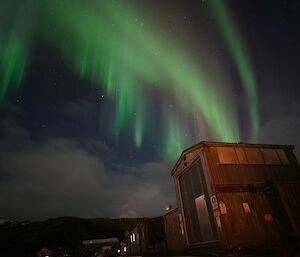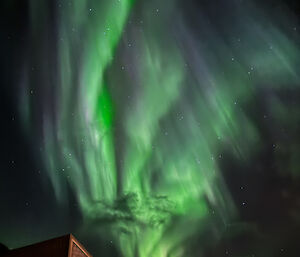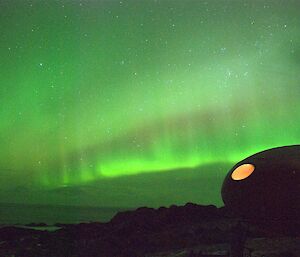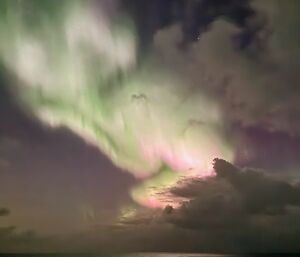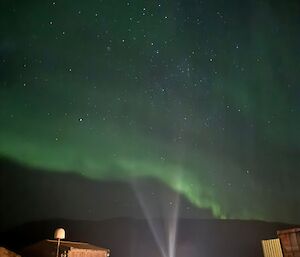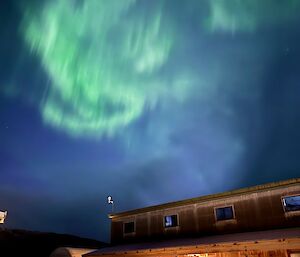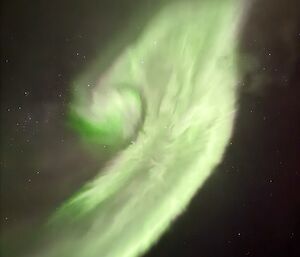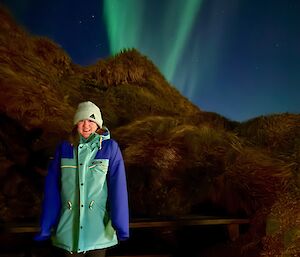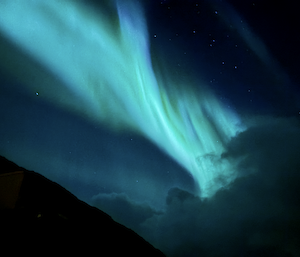Painting the Sky – How the Aurora is born
High above Antarctica (and sometimes southern parts of Australia), a stunning sight unfolds across the night sky. It ripples through the atmosphere in colours of green, purple, blue and red - this is the Aurora Australis (Aurora Borealis in the north) and its birthplace isn't on earth, but 150 million kilometres away on the sun.
Our sun is a giant ball of gas – mostly hydrogen and helium – that constantly releases energy and matter out into space through solar winds; a flow of charged particles (mostly electrons and protons) that escapes its atmosphere. Every so often it reaches a period of heightened activity, known as the solar maximum, approximately every 11 years or so. We are currently in the middle of a maximum now, the peak of which has only just passed us.
During this time, there are more frequent and powerful solar flares and coronal mass ejections (CMEs) produced. When these happen, huge bursts of electromagnetic energy, charged particles, and in the case of CMEs – plasma, fly through the solar system at incredible speeds. The average speed of fast solar winds can be around 800 kilometres per second.
When the flares and CMEs are aimed toward earth, there is an 'attack' on our planet's protective magnetic field that surrounds and protects us from the sun's radiation - the magnetosphere. Normally, this field will deflect solar winds around earth, but when a strong flare or CME arrives it can disrupt our magnetosphere creating a geomagnetic storm.
During a geomagnetic storm, the arriving charged particles flow along the earth's magnetic field lines and toward the poles. As they travel down into our upper atmosphere, they collide as they go with atoms of gas (mainly oxygen and nitrogen) exciting them – like how electricity excites the gas in a neon sign – and as they relax back to their normal state, they release light. For the science nerds out there, this is called Ionisation and recombination. All of this leads to the glowing and dancing lights we see across the sky.
The colours of the aurora are dependent on the type of gas, and the altitude where the collisions occur. Oxygen produces green light at lower altitudes, and rarer red colours at higher ones. Nitrogen on the other hand produces blues and purples, particularly at the edges of the auroras.
So, if you are lucky enough to see our skies come to life with the southern lights, remember that you are witnessing our atmosphere lighting up and shimmering in response to a cosmic storm that began 150 million kilometres away…
Alana-Jayne Moore, Snr Met Officer and general science enthusiast



